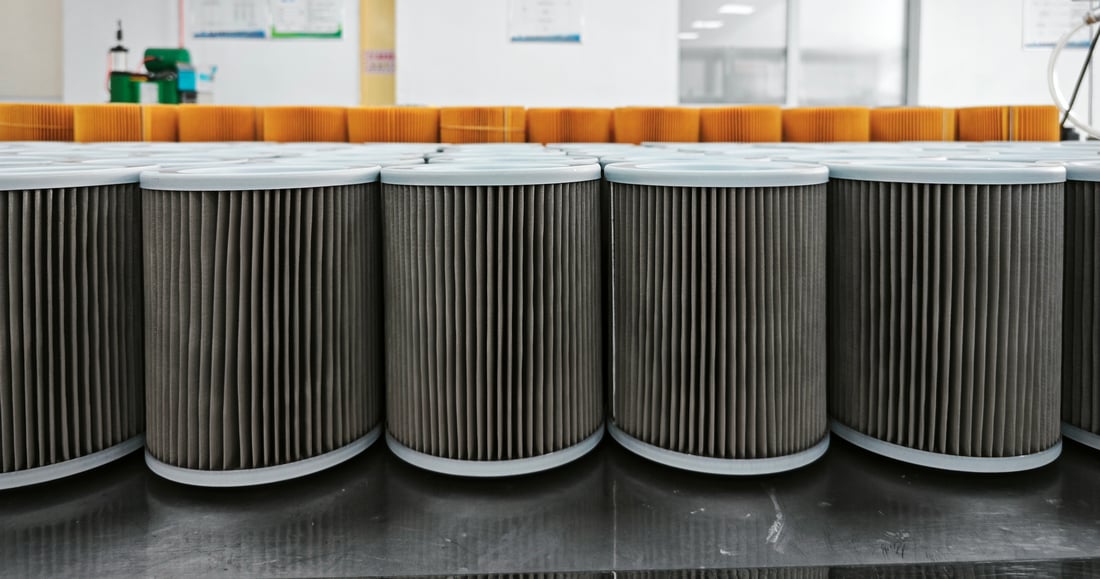The replacement cycle for an oil suction filter element can vary based on several factors, including the type of equipment, the operating conditions, the quality of the oil being used, and the manufacturer's recommendations. However, here are some general guidelines:
-
Manufacturer's Recommendations: Always refer to the equipment manufacturer's guidelines for the recommended replacement interval. This is usually specified in hours of operation or months, whichever comes first.
-
Operating Conditions: If the equipment operates in harsh or dirty environments, more frequent replacement may be necessary. Conversely, in cleaner environments, the filter might last longer.
-
Oil Quality: High-quality oil with proper maintenance can extend the life of the filter. Poor-quality oil or contaminated oil can clog the filter faster, necessitating more frequent changes.
-
Visual Inspection: Regularly inspect the filter for signs of wear, damage, or excessive dirt buildup. If you notice any of these issues during an inspection, it may be time to replace the filter even if the scheduled interval hasn't yet been reached.
-
Pressure Drop: Monitor the pressure drop across the filter. A significant increase in pressure drop can indicate that the filter is becoming clogged and needs replacement.
-
Routine Maintenance Schedule: Some facilities follow a strict maintenance schedule where filters are replaced at set intervals regardless of their apparent condition, as a preventive measure.
As a very rough estimate, oil suction filters in many industrial applications might typically be replaced every 6 months to a year, but this can vary widely. It's crucial to consult your specific equipment's manual and consider the factors mentioned above when determining the appropriate replacement cycle for your oil suction filter element.
Quote Inquiry Contact us!

